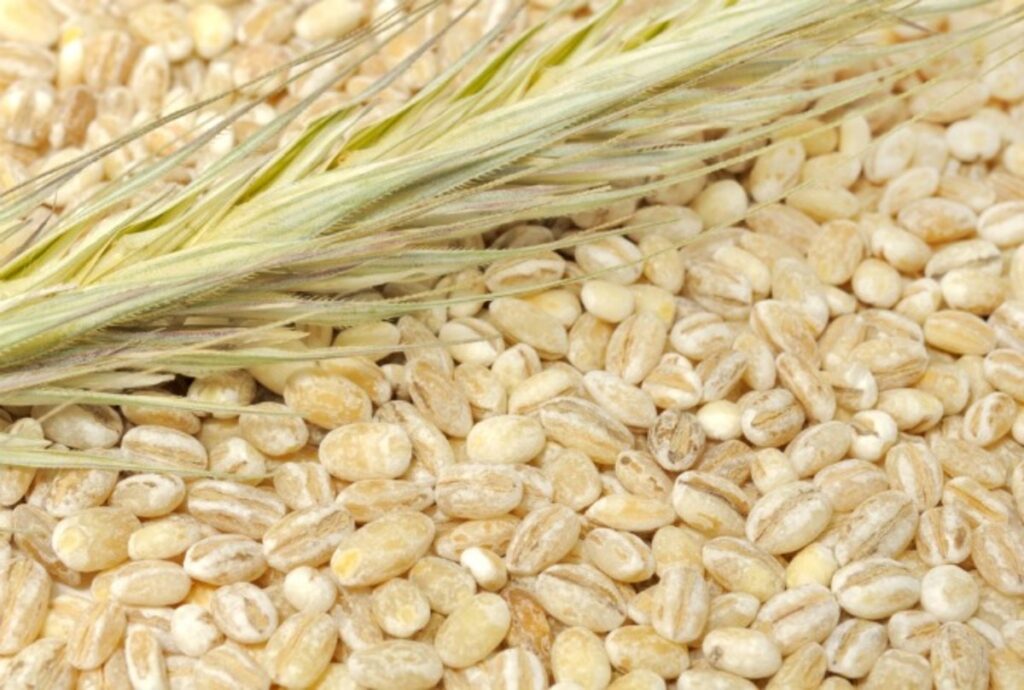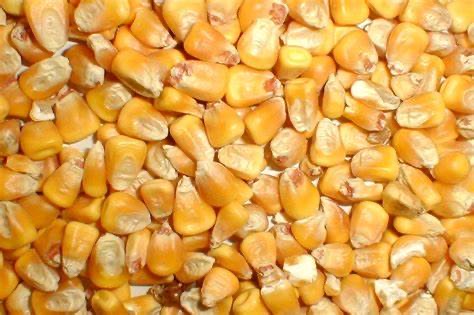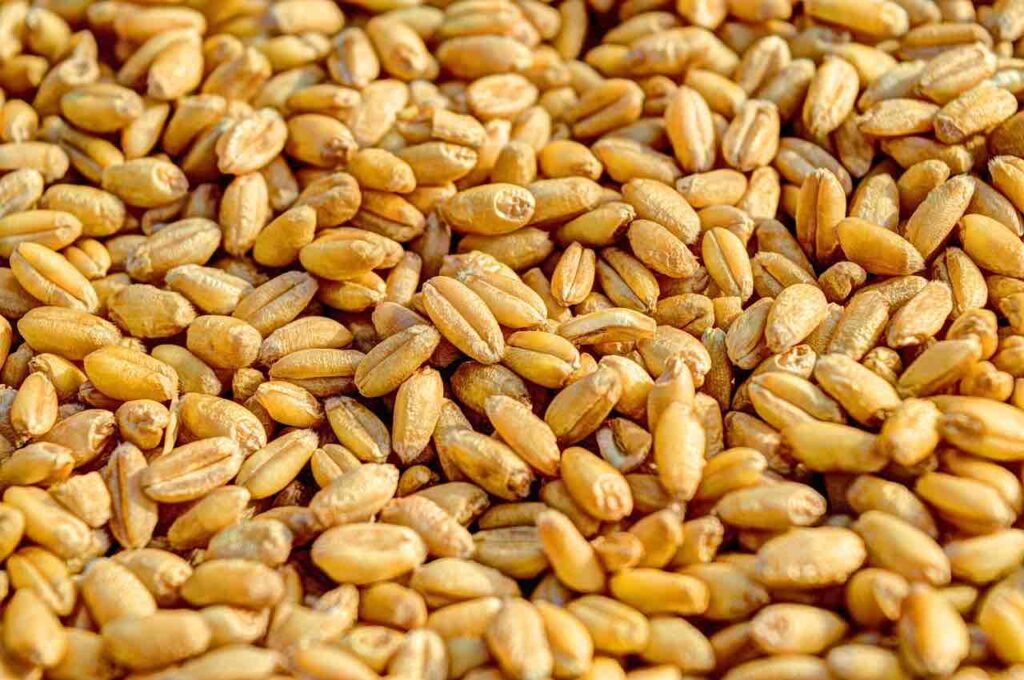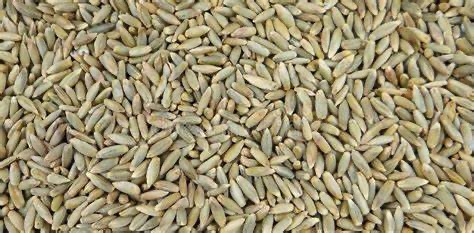Grains are the one thing that unites all styles of whisky. It doesn’t matter if you’re drinking single malt, single grain, blended whisky, bourbon, or rye. They all come from distilling a fermented grain based mash. So it should come as no surprise that sourcing our grains is one of the most important things that we had to consider when we first started to plan our project.
Barley and Malt
We started with barley. The one grain that all whiskies must have at least some of, in its state of malt, a point at which barley produces some enzymes that help break down the starches from grains into simpler sugars. It’s these sugars that yeast needs to feast on, to create alcohol.

Malted barley is considered to add nutty, smoky, some chocolate or cocoa flavors and a flavor often described as cereal or possibly toast. There’s also a distinctive characteristic simply referred to as malt.
Unmalted barley enhances the grain and cereal qualities of the whiskey and introduces light sharp and sour fruity notes like green apple and lemon
Corn
Corn (or maize as it’s called in some parts of the world) is probably the second most important grain for making whiskies. Not only is it the main grain used to create bourbon, but it’s also a key grain for blended whiskies.

Most people assume that corn is responsible for adding the sweetness to bourbon, but, as no sugars can actually pass through the distillation process, this isn’t scientifically correct. Corn in fact creates very little or no flavours within the whisky.
Wheat

Wheat is another grain that doesn’t really add a huge amount of flavour, but it adds more than corn does, and typically quite reminiscent of bread flavours. It also adds a smoothness to whisky.
Rye

Rye gives whisky some spices and a dryness. Spices can range from black peppercorns, anise and even some meat notes. It also carries through a similar bread flavour as wheat does. The dryness from rye is normally considered to be quite leathery.
The Need To Import
While grains do grow in China, and on a massive scale, there is not enough grown to support the local consumption, resulting in China being a massive importer of grains. In fact forecasts suggest that China will import 10.6 million tons of barley alone for the year October 2021 to September 2022.
With importing being the only logical solution to our needs, the next question was simply where to import from.
While there are some views on the terroir becoming something of interest within the world of whisky production and some brands releasing whiskies made from barley grown on their own land, the source has vital importance in the quality of the final product.
We also considered the fact that we would prefer a single source for all of the grains that we would need. A source not only for barley, but also for wheat, rye, and corn. This reduced our list of options down to one single country – the USA.
The USA exported 553’000 metric tons of barley in the 2018/2019 season. During the same year, the USA exported 52 million metric tons of corn. Combine this with some exceptional standards around the quality of grains (defined by a 4 grade standard) and a rich history of whisky making, the USA is a justified and logical choice for us to source grains from.